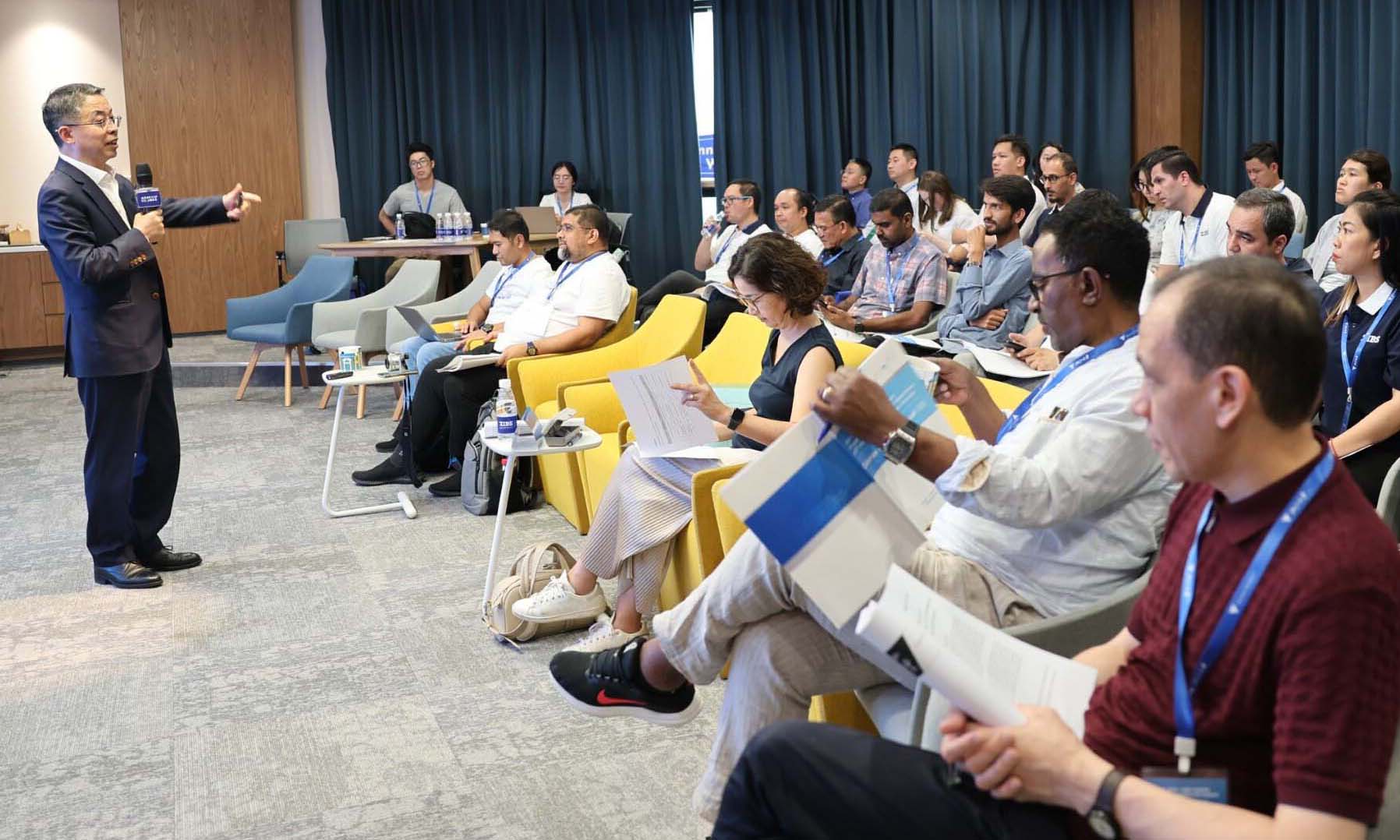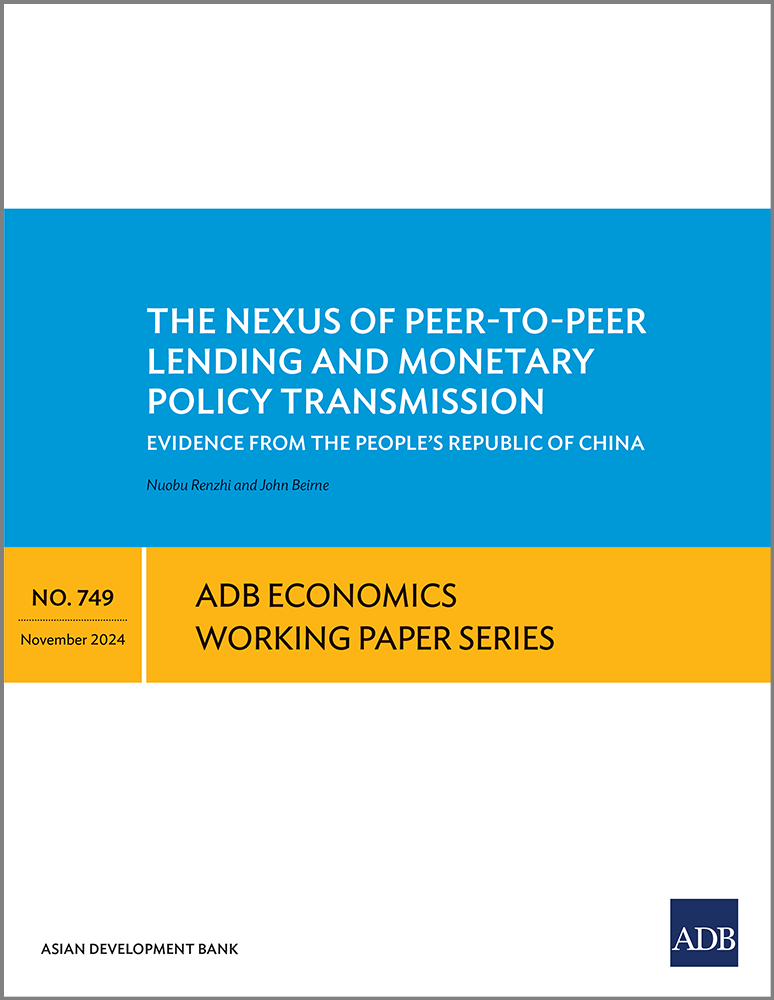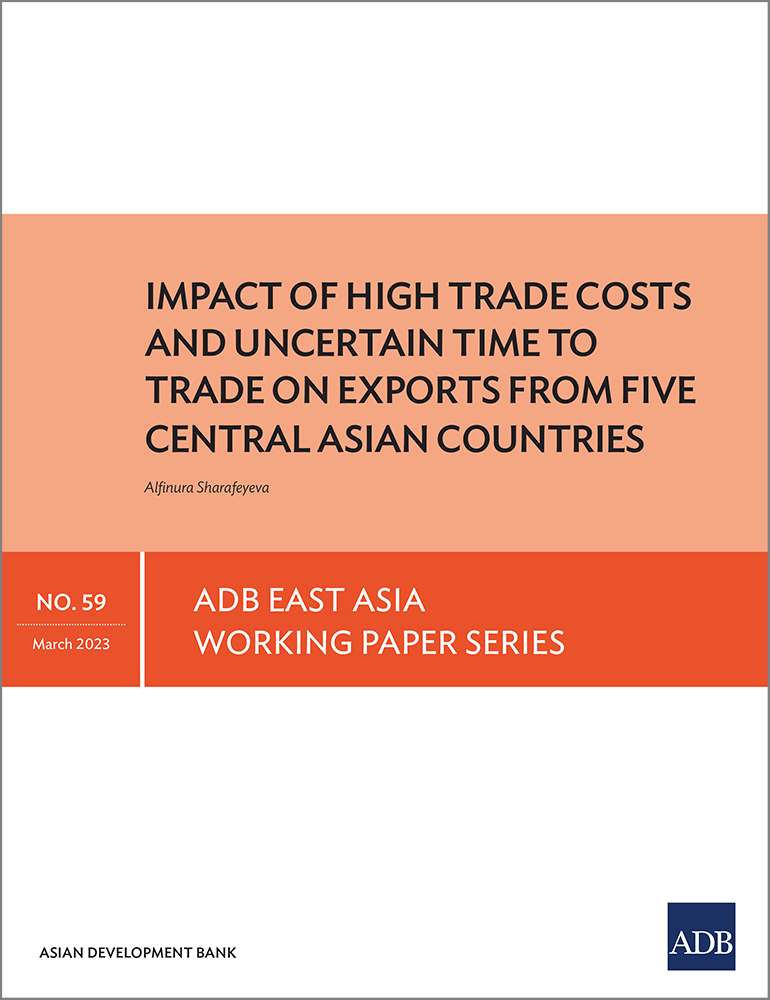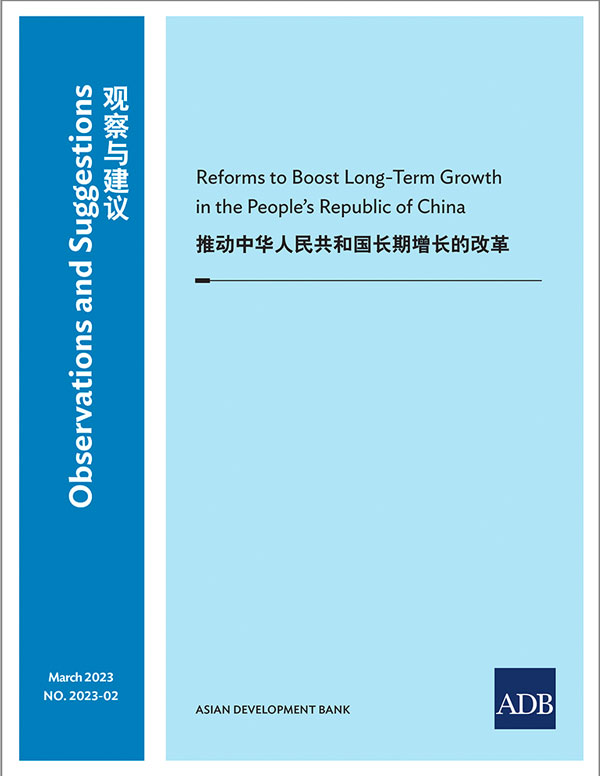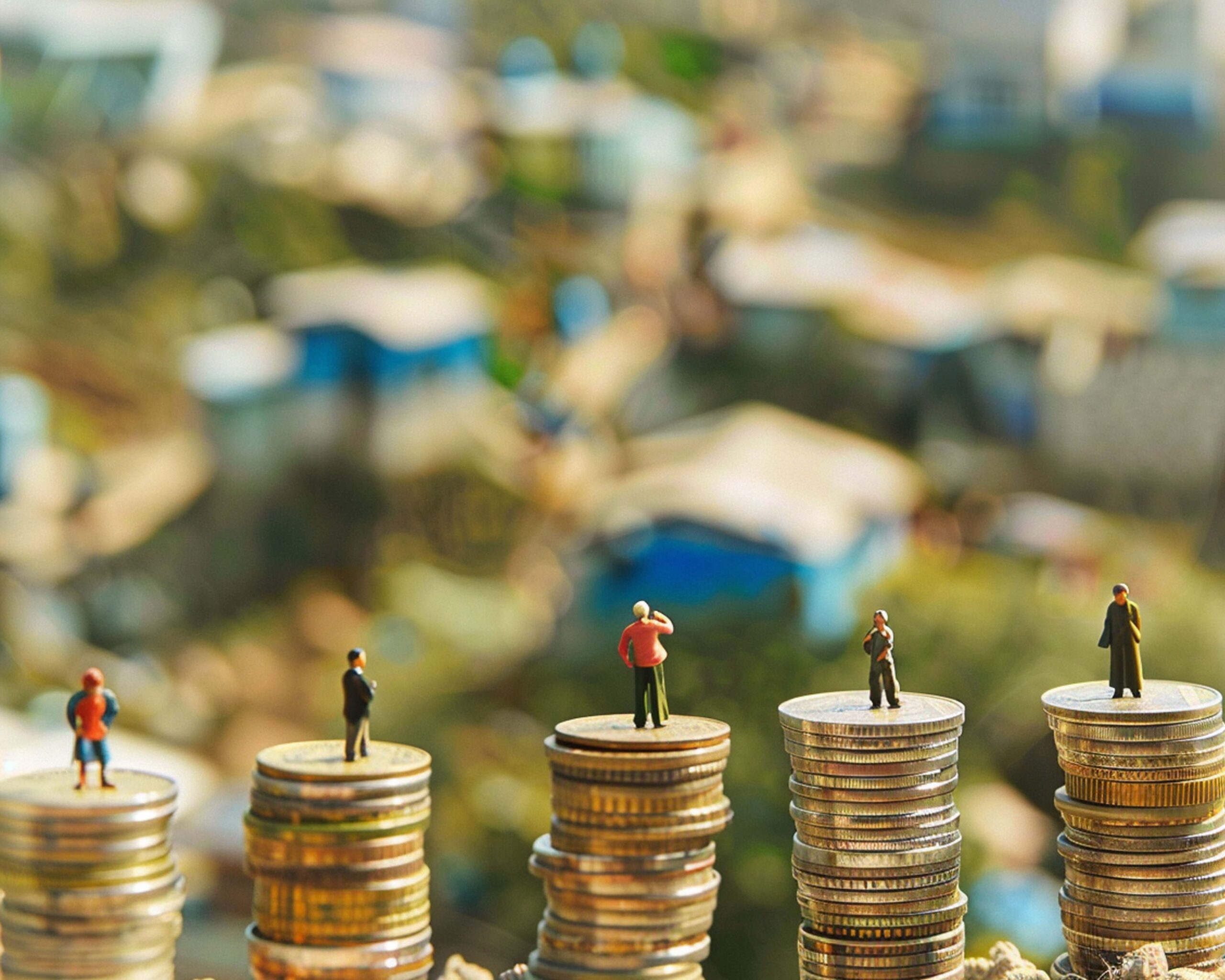
In an increasingly interconnected world, regional public goods (RPGs) provide a compelling framework for countries to cooperate for sustainable development. RPGs include a wide array of assets and services to promote economic growth, social welfare, and environmental sustainability.
Public goods can be placed in three main categories: economic public goods, social public goods, and environmental public goods.
Economic public goods are those that are directly related to economic growth and industrialization, such as infrastructure for transportation, communication, energy, and irrigation systems. Economic institutions, regulatory frameworks, and government macroeconomic policies can also be included.
Social public goods include legal systems, public health and epidemic prevention, social safety nets, public security, museums, public libraries, and parks.
Environmental public goods include environmental protection systems and policies, ecological restoration, renewable energy development, and climate change mitigation and adaptation programs.
Education, scientific research, technology, innovation, and all kinds of knowledge are all linked to these public goods.
Developing countries share common interests and needs for public goods because they face similar problems at similar stages of development. Often, they have common goals and priorities for economic development, such as poverty relief, industrialization, increasing productivity, urbanization, and reduction of income disparities. Here, cooperation between developing countries may create important regional public goods for joint development.
For example, regional and international transportation as well as communication networks improve connectivity among countries, enlarge the market for all, and in turn, improve the efficiency of national infrastructure systems.
Regional trade and investment agreements facilitate economic development and cooperation of the countries involved in the treaty. The Regional Comprehensive Economic Partnership treaty is an example of how all parties involved can benefit through regional cooperation.
Meanwhile, regional public health systems and epidemic prevention mechanisms are key to minimizing the pandemic risks for people in the region and beyond.
Regional networks can also play an important role in natural disaster management and mitigation as well as cross-border environment protection and ecological preservation (one example would be ADB’s Regional Flyway Initiative).
The Paris Agreement is a global public good that aims to tackle the challenge of climate change. However, its benefits can truly be realized through regional cooperation. A specific area for regional collaboration is energy transition through which governments can utilize latest technologies to reduce carbon emissions.
Global public goods can also be promoted through regional cooperation on cyber security and Artificial Intelligence (AI).
The provision of global public goods requires coordination between regional and global institutions to facilitate project designs, financing, and technical assistance. This facilitation can be done through a regional mechanism or within an international framework.
Knowledge sharing is imperative for joint development. Particularly essential is knowledge of recent development practices and experience in all countries, including policies implemented, technologies applied, and business models used and the problems that arise when facing new conditions. People from diverse backgrounds will benefit immensely through such knowledge exchanges. Every developing country, regardless of its size and levels of productivity, can offer some good experiences or lessons for others to learn and benefit from. A useful example is the influence of Bangladesh’s microfinance model.
The People’s Republic of China (PRC)’s role in regional development
The PRC is still a developing country, in terms of both gross national income per capita and industrial productivity. However, as a large economy, the PRC has a special responsibility to contribute to regional development.
Four important initiatives for economic development of the region deserve mention.
The first pertains to regional connectivity infrastructure (road, railway, ports, airports and telecommunications), which the PRC has facilitated. Better connectivity means greater market access and higher productivity, particularly for inland countries. The PRC-Europe rail route has greatly stabilized global supply chains in the wake of conflict disrupting vital shipping lanes in the Red Sea.
The second involves industrial development facilities, such as industrial parks. In recent years, the PRC has engaged in developing “two parks in two countries” mechanisms with Indonesia, Malaysia, Thailand, and Viet Nam, which provide mutual common goods for the companies from “the other country.”
The third initiative is the technology and business model for energy transition. Knowledge sharing in this regard will not only contribute to the battle against climate change, but also provide new ways to help countries increase their capacity for energy generation for the next stage of development.
The fourth initiative is cross-border environment protection and ecological system preservation for sustainable development. It is in the common interest of all countries in our region and beyond to prevent damage of our ecological systems.
Priorities for developing countries
In principle, all public goods are good and beneficial for everyone, one way or another. However, for countries at different stages of development, their priorities may be different.
For low-income countries, the most urgent need is more economic public goods related to their industrialization and economic structural upgrade, such as physical infrastructure and industrial facilities. Economic growth will enable these countries to finance their social and environmental projects through their own revenues and participate effectively in the provision of regional and global public goods.
Countries with higher incomes and productivity can help provide social and environmental public goods, such as on ecological restoration and climate change.
Financial resources from donor countries should be directed toward economic public goods, rather social and environmental projects in low-income developing countries. This will prevent developing countries from becoming reliant on international aid for long periods and instead, encourage them to develop their own financial strength to pay for social and environmental goods. “Infrastructure deficits” in developing countries should be interpreted as being part of broader deficits of economic public goods.

Fan Gang
Director, National Economic Research Institute


